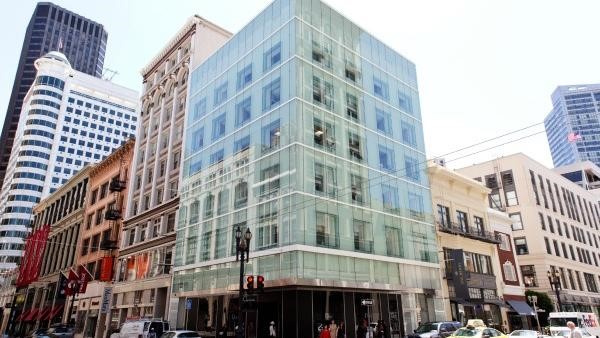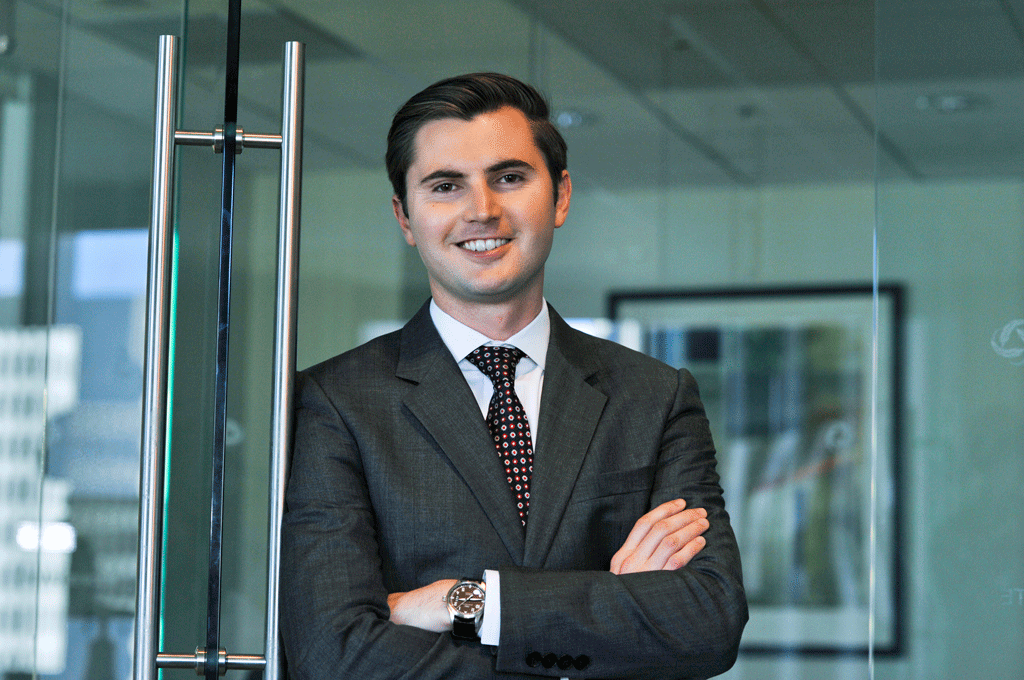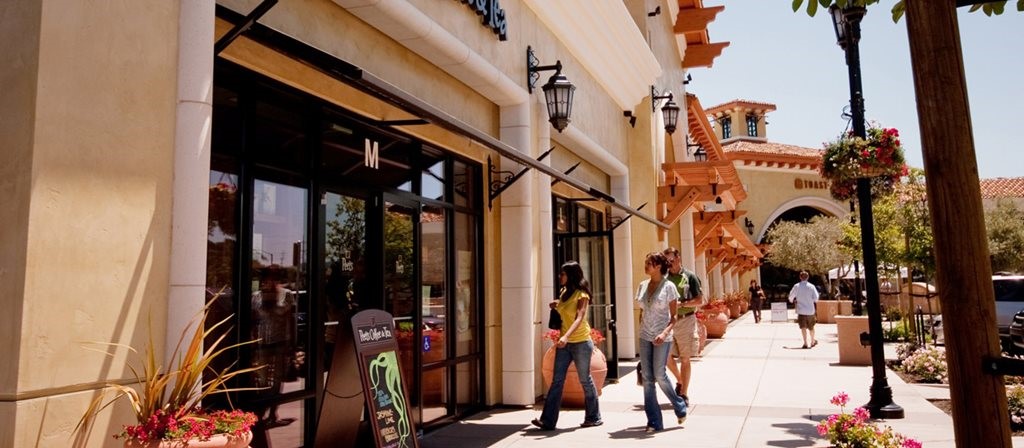I recently sat down with my friend and colleague Andrei Gog, an Asset Manager with Grosvenor Americas in San Francisco. Grosvenor is a privately-owned property group, active in some of the world’s most dynamic cities. Grosvenor’s aim is to help create and manage attractive and vibrant places in which people choose to live, work and recreate.
ANJEE: Please describe your real estate background and your role at Grosvenor.
ANDREI: I’ve been with Grosvenor for a little over two years. I’m an asset manager in San Francisco. I run a portion of our California portfolio that’s comprised of a little bit of everything, including retail in Union Square, a grocery-anchored center in Novato and a multifamily property in the Peninsula that is currently undergoing a repositioning program.
Our philosophy at Grosvenor is built around “living cities,” which suggests successful places are alive and evolving. It’s nice to be part of a company that thinks about things that way and takes a long-term approach.
ANJEE: I wanted to get started by asking about the New Yorker article you shared with me, Tomorrow’s Advance Man (about Silicon Valley venture capitalist Marc Andreessen). I’d love to hear what some of your key takeaways were.
ANDREI: Living in the Bay Area, we’re exposed to the startup world, the tech bubble, the rapidly-evolving change… I think the article cut through some of that. And, for me, it highlighted how exciting it is to be in the Bay Area; whether you think technology will solve every problem, or whether you’re a little more cautious with some of the rapid changes. Whichever end of the spectrum you fall under, it’s exciting to be here and to be a part of the conversation. The pace of change is unprecedented and that means we can’t really stop it, so we’re forced to adapt.
ANJEE: How does that apply to our industry and how our industry is aligned?
ANDREI: When acquiring new assets, we have to pay attention to the types of businesses that will occupy our spaces or the types of customers that will shop at our centers. In retail, we talk about omni-channel marketing and online sales and payments and delivery—those are all affecting our business, and I think that means we’re much more careful about the type of retail we invest in and what we do with our existing retail. The consumer is looking for something different. So when we’re choosing how to lease a vacant space or looking at redeveloping an existing center, we factor those things into our decision-making.
ANJEE: With that, do you feel that the commercial real estate world—the people that you interface with—do you think they’re up to speed with these nuances? Or is there a disconnect?
ANDREI: Probably a little bit of both. Again, being here in the Bay Area, we tend to be a little more forward-thinking and open to change and willing to engage with some of the changes happening, and so I think it’s definitely part of the dialog.
ANJEE: So taking it a step further, do you see the retailers that you’re working with also embracing that type of mentality?
ANDREI: I do think the big players are figuring it out. I again go back to technology. The internet and mobile communications have completely changed the way brands have to react to the consumer. The big players are adjusting their strategies. The big conglomerates, like LVMH, Richemont and Kering, what you’re seeing them do—and what you’re seeing happening in Union Square—is they’re buying a lot of smaller brands and letting those brands have their own identities, because they know the consumer doesn’t want everything to look the same. The consumer wants options, and I think they’re starting to get it.
If you look at all of the openings in Union Square over the last couple of years, it’s been a lot of smaller brands that haven’t had locations in San Francisco. They may be backed by one of the big conglomerates, but they exist in their own identity.
ANJEE: I would agree, and we’re going to see more of that rollout occur. Any examples you want to share? Dior, for example, and the number of floors that they’re taking in Union Square. It’s not just the real estate. It’s the real estate plus, plus, plus.
ANDREI: 185 Post Street is a core asset and a good example of us trying to problem-solve and create more value. We created an opportunity for a new lease with a strong tenant. Dior looked at this corner and then made even more tweaks. They wanted a vertical presence, which you’re starting to see in Union Square, and they wanted to move the entrance from Post Street to Grant Street, which has changed a lot in the last five to seven years.
That speaks to the flexibility and the quick adjustments retailers are recognizing and needing to make and how we as landlords want to be a part of that and contribute to that to make them successful.

185 Post Street in San Francisco. Photo Credit: Grosvenor
ANJEE: I think that really speaks volumes. I see such alignment with Grosvenor, with Dior, with the building and how you handled the lease, seeing that there’s this new opportunity.
ANDREI: Indeed, and I’ll give you kind of a similar example on a much smaller scale Hamilton Marketplace. It’s a grocery-anchored center we developed in Novato. Over the last year, we had two vacancies and we filled them with Super Duper and then with Nekter Juice. Again, you take someone like Super Duper, it’s a regional operator that offers locally sourced, high-quality organic ingredients and compostable packaging—we’d much rather chase and put someone like that in one of our centers. I think it touches on how consumers are changing, how Millennials are effecting change, and how we in the real estate world need to react to that.
Hamilton Marketplace. Photo credit: Grosvenor
Finding the right mix of tenants, finding tenants that share the values of the consumer and of the landlord, that’s how we were able to create a great neighborhood center at Hamilton, and a place that you or I would want to go to, as opposed to just filling it with the first tenant that comes along.
ANJEE: You tapped into something that I find very interesting as it relates to the consumers and where we’re going as an industry or society, which is tapping into emotions. Consumers want something unique, distinctive and innovative.
ANDREI: The way I approach decisions is to ask whether we are helping to create a vibrant, attractive place and bringing in a tenant that is useful to the community around it. I think the spaces we create have an opportunity to influence and shape our communities.
ANJEE: Thank you for your time.
ANDREI: Thank you.
###
The Fall 2015 edition of Knowledge Leader features Grosvenor and its commitment to building sustainability. Download the latest issue of Knowledge Leader to read more.

 Anjee Solanki
Anjee Solanki



 Aaron Jodka
Aaron Jodka